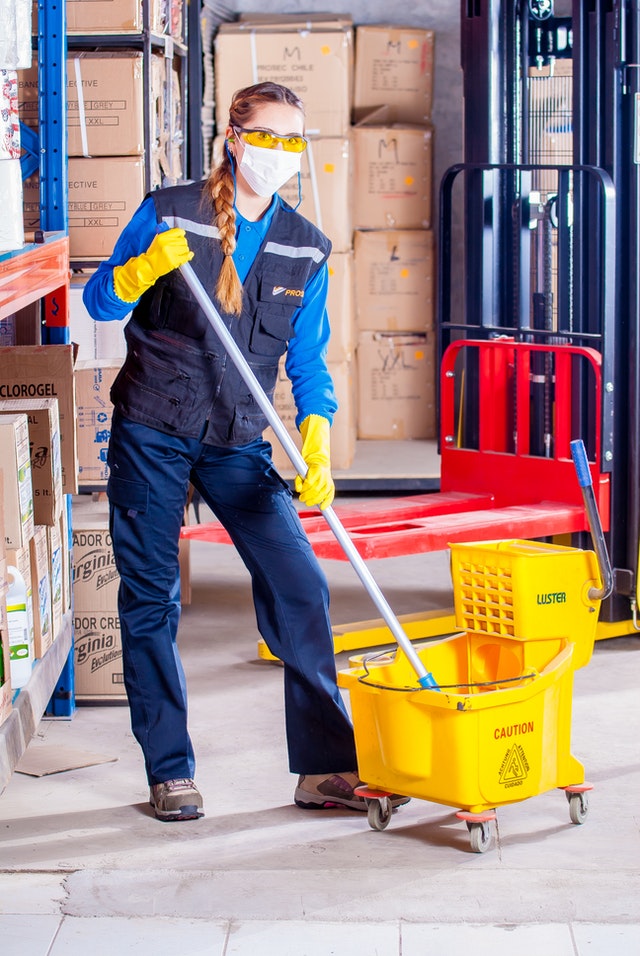
As of Tuesday, July 21, 2020, the COVID-19 pandemic has taken upwards of 140,000 lives across 3.8 million cases and growing, says the U.S. Centers for Disease Control and Prevention (CDC). Some businesses have been allowed to operate under certain restrictions, though many are gearing up to return here in the next few weeks — what should a mid-pandemic return to business look like?
Who Comes Back First?
The answer to this is simple: Directly ask employees who’re ready to come back immediately and who feel uncomfortable about a prompt return. Bring in the most comfortable workers alongside courageous, potentially-valuable volunteers so workers can make the most of them. Workers with known medical conditions shouldn’t be forced to return quickly, nor should people who have childcare issues to work out.
Proactively Work Within Government Mandates
Local authorities intimately understand your local municipal economy’s gifts, shortcomings, and how they might play out in defense of stirring up COVID-19 transmission even more. Monitoring local regulations and municipal mandates are best done through a planning and response team. This is a cross-department pandemic specialty committee that includes an amalgamation of workers from all over an entity’s departmental spectrum.
They also must maintain a constant, free-flowing dialogue with customers and workers alike to learn about real-time exposure to coronavirus or rumors of coworkers’ alleged symptoms, for example.
Workspace Reorganization to Promote Social Distancing by Design
Workers may feel overworked or stressed by having to focus on their responsibilities and maintain six feet of distance between themselves and coworkers, wearing high-quality medical masks, constantly washing their hands, and otherwise reducing the harm posed by coronavirus transmission. Even if you have to lay off helpful workers or relegate a major chunk of your workforce to work remotely, as long as you can assure 100% adherence to social distance rules; doing so is worth maintaining a competitive advantage over competitors who don’t choose to open back up alongside you.
Creating Cleaning Rules and Requirements
If you want to keep your employees safe and healthy, you will need to follow certain cleaning standards. Any areas that different employees frequently touched should be sanitized regularly, ideally after every use or touch. Designate one person, like an office manager, to routinely clean other frequently touched places like door handles, drink machines, etc. It may also be wise to hire coronavirus disinfection services to come in at the end of the day and give everything a good cleaning.
Hiring a Medical Professional to Monitor Employees for Symptoms
Fever, cough, and shortness of breath aren’t guaranteed symptoms of SARS-CoV-2, though they’ve turned out to be fairly reliable indicators of people who have the brand-new respiratory disease. All experts recommend keeping workers and patrons with such symptoms away from your workspace, especially out of indoor areas. Get a nurse or a medical technician to stay on top of temperature readings, as well as basic screenings for other common COVID-19 symptoms.
If at all possible, return to work remotely. Make sure you will provide basic personal protective equipment (PPE) like respiratory shields or surgical masks; regular drills and refreshers on personal respiratory protocol is also a sign of a responsible employer, not to mention something to help absolve liability. Don’t forget — safety above all else, even operating losses.


